
views
On Tuesday, Prime Minister Narendra Modi, along with World Health Organization director-general Dr Tedros Ghebreyesus, officially announced the first-of-its-kind WHO Global Centre for Traditional Medicine (GCTM) in Gujarat’s Jamnagar.
By 2024, the sprawling land, spread across 35 acres on the highway from Jamnagar towards Dwarka — a popular Hindu pilgrimage site — is expected to get converted into a multi-floor, hi-tech and world-class infrastructure facility.
The facility will not only work for Ayurveda, Unani, Siddha or Sowa-Rigpa, but will also focus on traditional medicines and therapies used across the globe such as in Africa, Arab, Islamic and Chinese healing practices.
“Jamnagar’s contribution towards wellness will get a global identity with WHO’s Global Centre for Traditional Medicine,” Modi said, while laying the foundation stone of WHO GCTM in Jamnagar.
Gujarat’s Jamnagar, which is on the coast of Gulf of Kutch, sees fewer tourists and has only one direct flight from Mumbai.
With the announcement, the city, which so far is known for manufacturing brass utensils and a world-class oil refinery, is expected to gain popularity, driving the arrival of scientists, doctors and academicians across the globe.
“The 35-acre campus of GCTM is likely to become a hub for alternative medicine,” a senior state government official told News18.com. “We also expect it to become a popular centre among medical tourists in the next few years.”
Here’s why the WHO and India choose Jamnagar for the world-class centre.
THE LEGACY OF AYURVEDA
Patronised by the erstwhile royal family, the city has a legacy of Ayurveda academicians and research.
The princely state of Nawanagar, later named as Jamnagar, was a renowned seat of oriental studies.
The skilled Ayurveda physician Zandu Bhattji — the founder of brand Zandu Pharmaceuticals — was the physician of Jamnagar’s royal family.
During the rule of king Jam Saheb DigvijaySinghji (1933 – 1948), the family’s royal physician Dr PM Mehta — London-educated expert in western system of medicine — started facing health issues.
While he was unable to treat himself with allopathy, he was cured using Ayurveda. This is when he started learning more about the therapy and leaned towards adopting it.
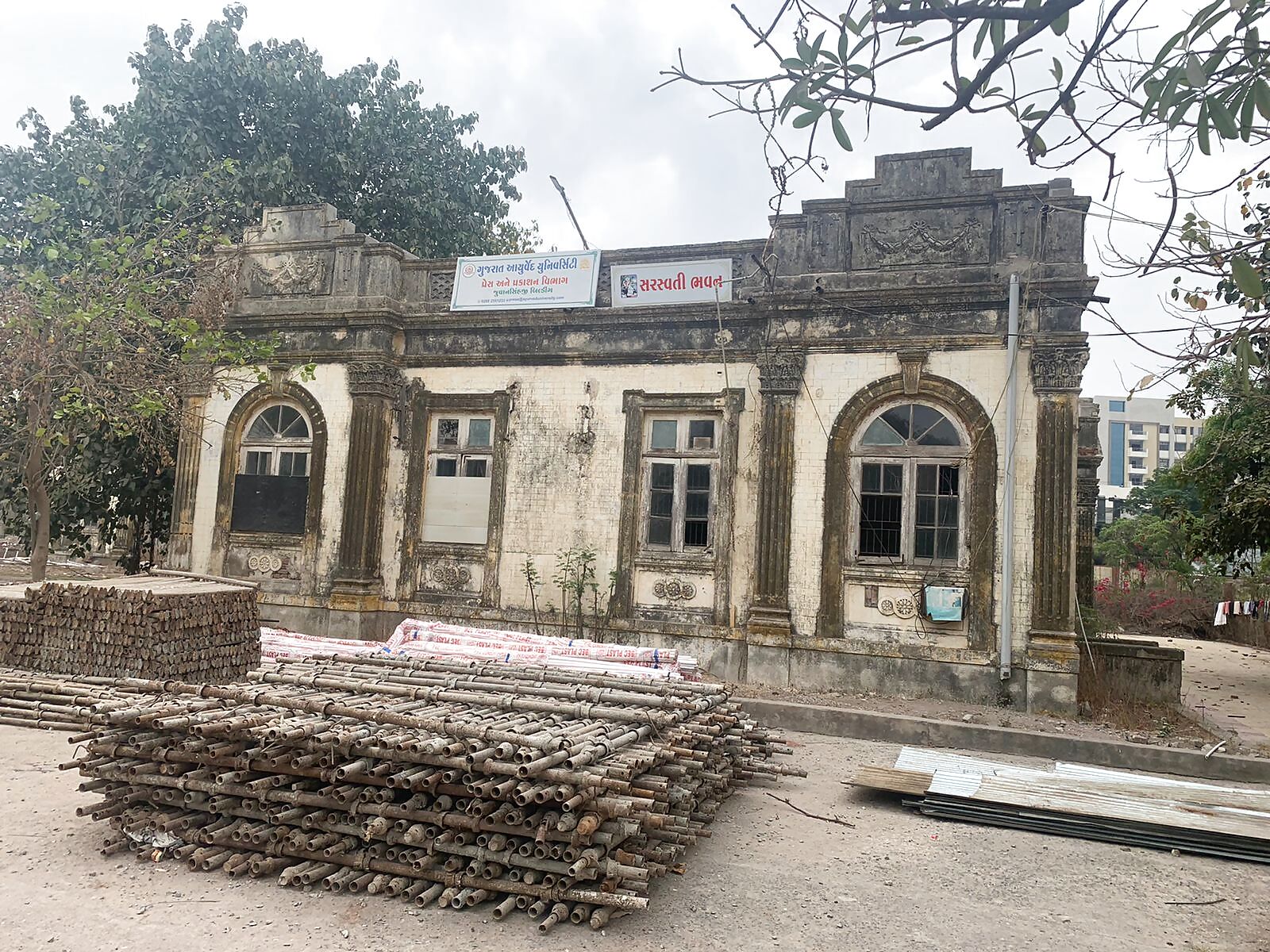
Mehta’s inclination impressed upon the king and the queen to establish a centre for Ayurvedic Studies. Consequently, an Ayurveda Society was established in 1940 in the name of Queen Shri Gulabkunverba.
In 1944, a palatial, iconic building was constructed and named ‘Dhanwantari Mandir’.
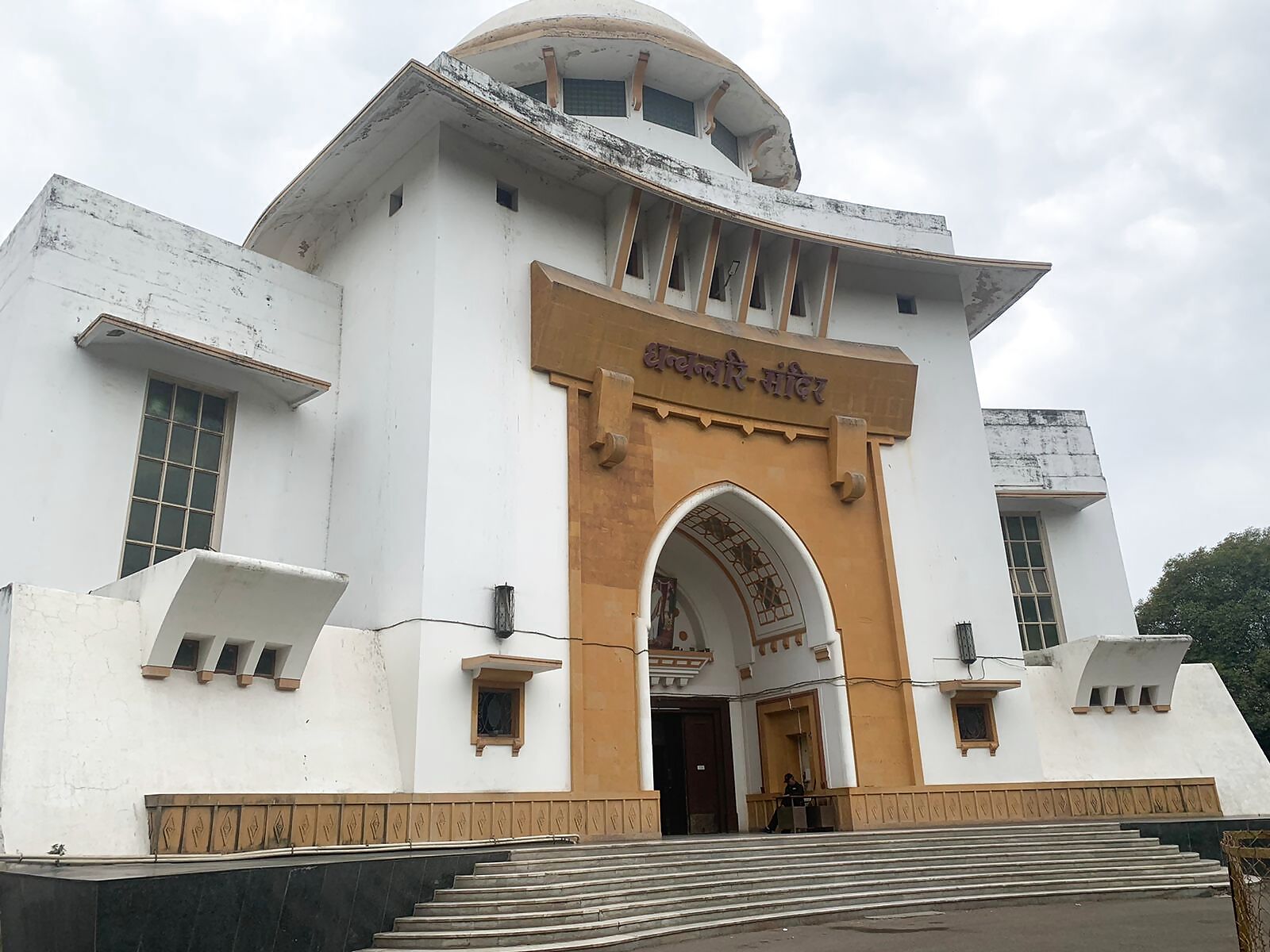
The Shri Gulabkunverba Ayurveda Society invited renowned experts of Ayurveda to translate ‘Charaka Samhita’ into three languages — English, Hindi and Gujarati.
In 1946, India’s first college for Ayurveda Studies was established by the society and was named ‘Shree Gulabkunverba Ayurveda Mahavidyalaya’.
THE REVIVAL
After the Independence in 1947, the Indian government started work on the revival of Ayurveda. The government appointed a few committees, which recommended establishment of a research institution for Ayurveda.
With Jamnagar already evolving as a prime destination, the ‘Central Institute for Research in Indigenous System of Medicine (CIRISM)’ — India’s first Ayurveda research institute – was established at Dhanwantari Mandir in 1952.
After a gap of four years, in July 1956, India’s first post-graduate college in Ayurveda was established as Centre for PG Studies and Research in Ayurveda.
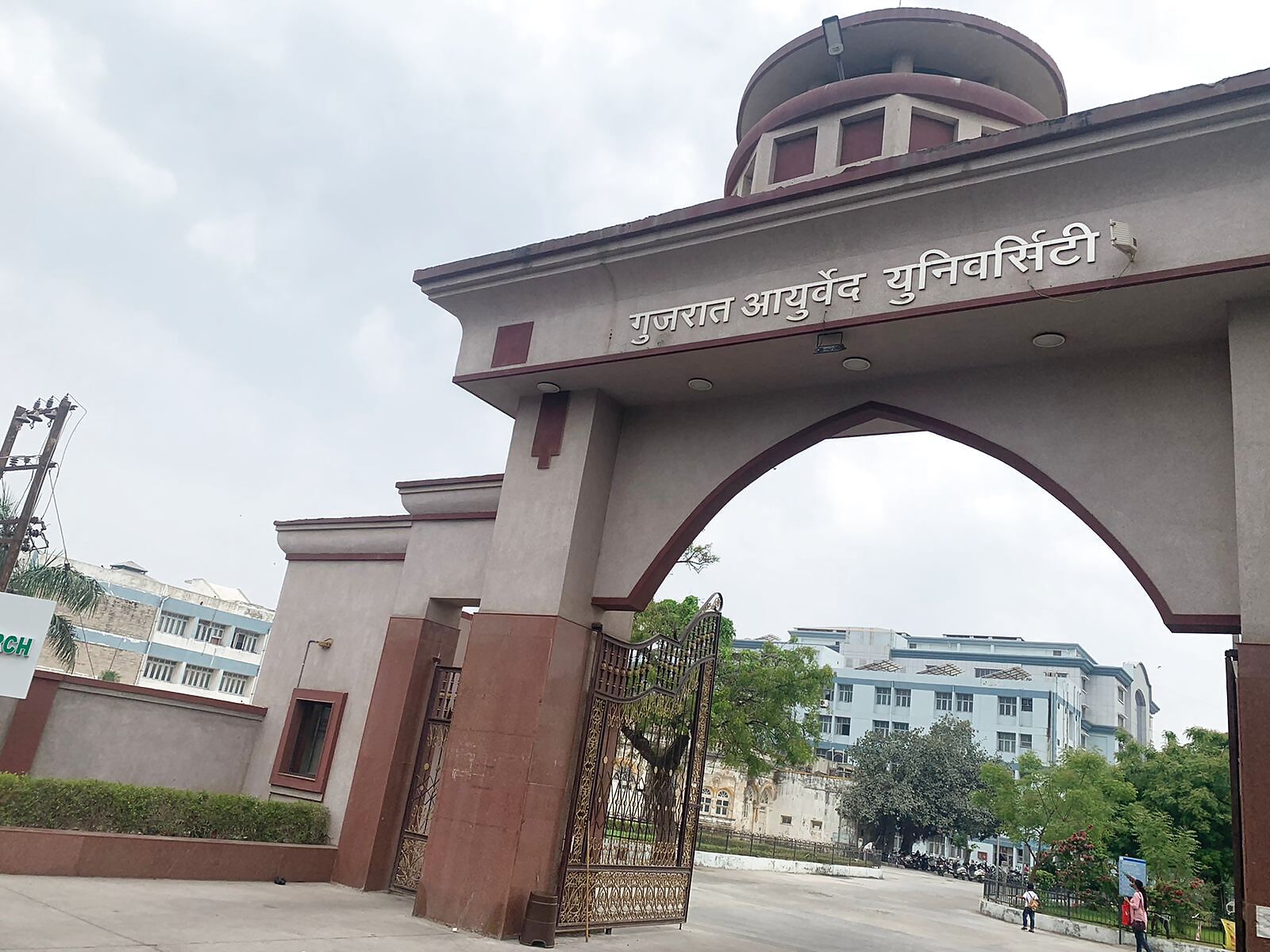
After seven years, in 1963, the existing three colleges — Shree Gulabkunverba Ayurveda Mahavidyalaya, CIRISM and Centre for PG Studies and Research in Ayurveda — were amalgamated to form the Institute for Ayurvedic Studies and Research (IASR).
One after another, the actions were taken to strengthen Ayurveda.
In 1967, the Gujarat Ayurveda University was established in Jamnagar and IASR was taken over by the university. The postgraduate centre became an integral part of the university and was renamed as Institute of Post Graduate Teaching and Research in Ayurveda (IPGT & RA).
According to the veterans of the Ayurveda fraternity, Jamnagar-based education institutions are known for churning well-known physicians across the country.
Union ministry of AYUSH’s Secretary Vaidya Rajesh Kotecha is an alumni of Shree Gulabkunverba Ayurved Mahavidyalaya followed by IPGT & RA. He later became the vice-chancellor of Gujarat Ayurveda University.
DRIVING FORCE
The educational landscape of the city expanded further when in 1999, self-financing institutions were permitted to open colleges. This is when the Indian Institute of Ayurvedic Pharmaceutical Sciences (IIAPS) came into existence and started offering education in Ayurved Pharmacy at diploma level as well.
In 2000, the Maharshi Patanjali Institute for Yoga Naturopathy Education and Research was established to boost the culture of yoga.
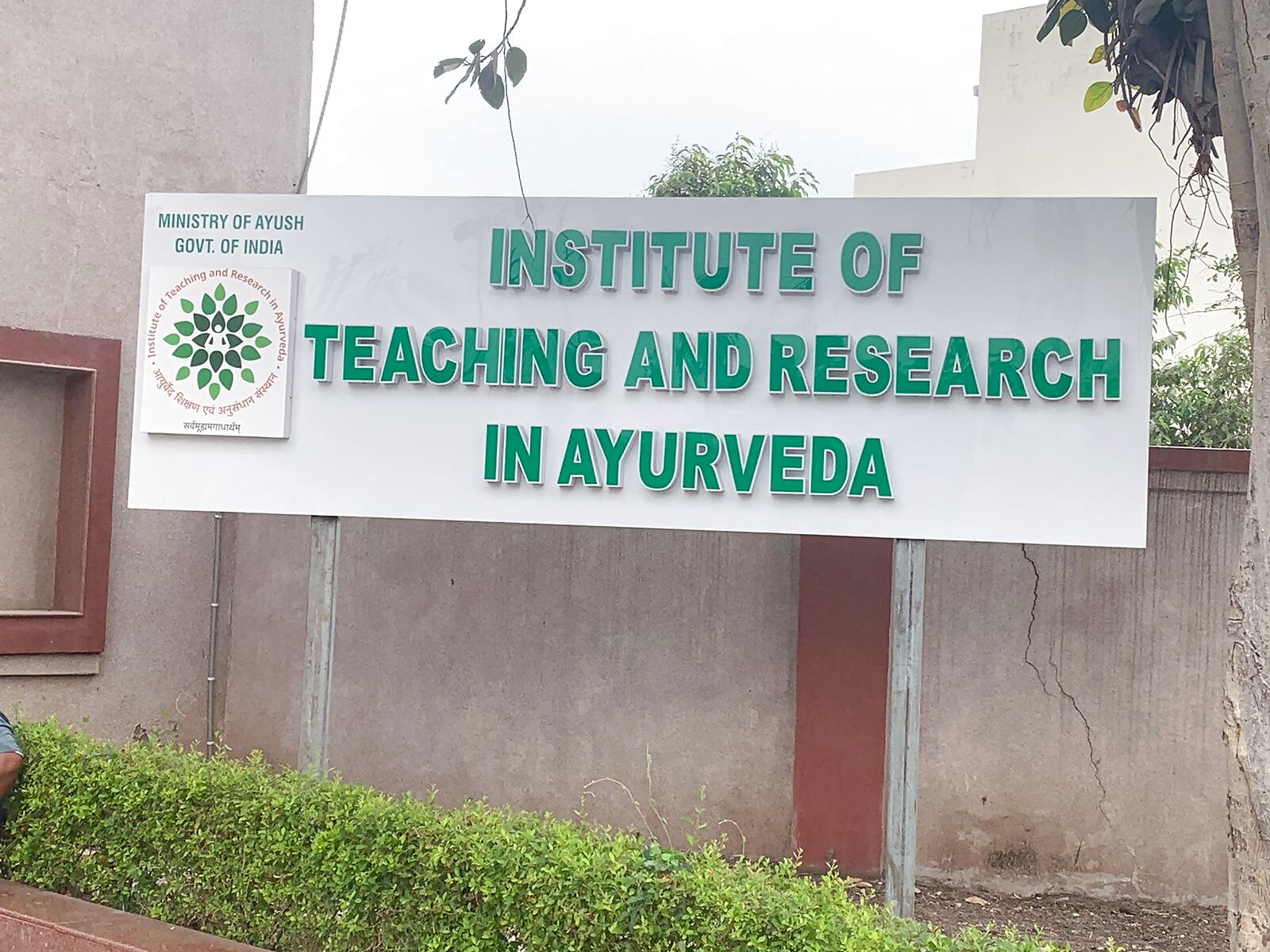
Recently in 2020, the government introduced the Institute of Teaching and Research in Ayurveda (ITRA) Act, under which all existing colleges were brought in. Overall, under ITRA, around 50 acres are devoted to campuses and another 50 acres for a sprawling botanical garden where ayurvedic herbs are grown for pharmaceutical and research purposes.
As the lead investor in the WHO’s GCTM in Jamnagar, India has committed an estimated $250 million to support the centre’s establishment, infrastructure and operations.
The move is counted as one of the biggest achievements of India as the country leads the global consortium on traditional medicines.
India is expected to become the driving force to mainstream traditional medicine for universal health coverage and creation of evidence-based integrative practices, with Jamnagar becoming an epicentre of the entire movement.
Read all the Latest News India and Breaking News here
















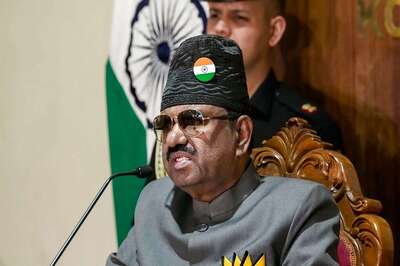

Comments
0 comment